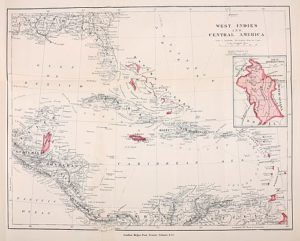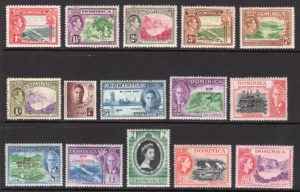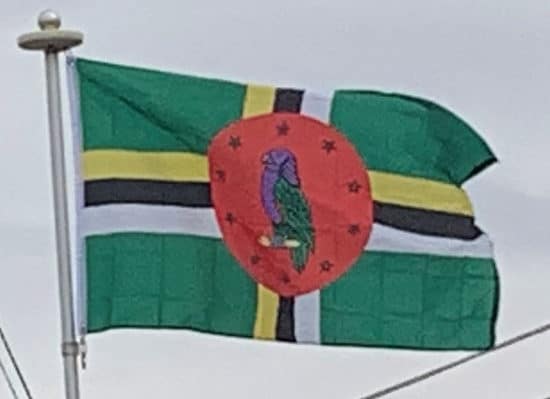In 1831, reflecting a liberalization of official British racial attitudes, the Brown Privilege Bill conferred political and social rights on free blacks (mostly free people of color, who generally were of mixed race, with African and European ancestry). With the Slavery Abolition Act of 1833, Britain ended the institution of slavery throughout its empire, except in India.

With freedom came enfranchisement. In 1835, the first three men of African descent were elected to the legislative assembly of Dominica. Many slaves from the neighboring French colonial islands of Guadeloupe and Martinique fled to Dominica. In 1838, Dominica became the first colony of the British West Indies to have an elected legislature controlled by an ethnic African majority. Most of these legislators had been free people of color and smallholders or merchants before the abolition of slavery. Their economic and social views were different from the interests of the small, wealthy English planter class. Reacting to a perceived threat to their power, the planters lobbied for more direct British rule.
In 1865, after much agitation and tension, the colonial office replaced the elective assembly with one made up of one-half members who were elected and one-half who were appointed. Planters, who were allied with colonial administrators, outmaneuvered the elected legislators on many occasions. In 1871, Dominica became part of the British Leeward Islands. The political power of the ethnic African population progressively eroded. Crown colony government was re-established in 1896. All political rights were curtailed for people of color and blacks, who were the overwhelming majority of the population. Development aid, offered as compensation for disfranchisement, resulted in negligible improvements in conditions for most ethnic Africans.
Early 20th Century:
In World War I, many Dominicans, mainly the sons of small farmers, volunteered to fight in Europe for the British Empire. After the war, an upsurge of political consciousness throughout the Caribbean led to the formation of the Representative Government Association. Marshaling public frustration with the lack of a voice in governing Dominica, this group won one-third of the popularly elected seats of the legislative assembly in 1924, and one-half in 1936. Shortly thereafter, Dominica was transferred from the Leeward Island Administration. During World War II, some Dominicans volunteered in British and Caribbean forces. Thousands of Free French refugees from Martinique and Guadeloupe escaped to Dominica from the Vichy-controlled French islands, staying in Roseau and other villages.

Until 1958, Dominica was governed as part of the British Windward Islands. Caribbean islands sought independence from 1958 to 1962, and Dominica became a province of the short-lived West Indies Federation in 1958. After the federation dissolved in 1962, Dominica became an associated state of the United Kingdom in 1967, and formally took responsibility for its internal affairs. On 3 November 1978, the Commonwealth of Dominica was granted independence as a republic, led by Prime Minister Patrick John.
Post-Independence:
In mid-1979, political discontent with the Patrick administration led to the formation of an interim government under Oliver Seraphin; his brief year-long premiership was dominated by the fallout from Hurricane David, which caused 56 deaths and untold damage across the island. Hurricane Allen the following year caused further damage. After the 1980 election, Seraphin’s government was replaced by one led by the Dominica Freedom Party (DFP) under Prime Minister Eugenia Charles; she was the Caribbean’s first female Prime Minister.
